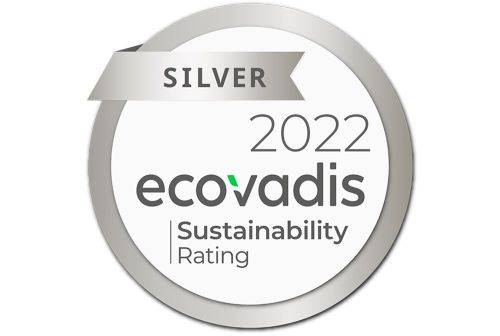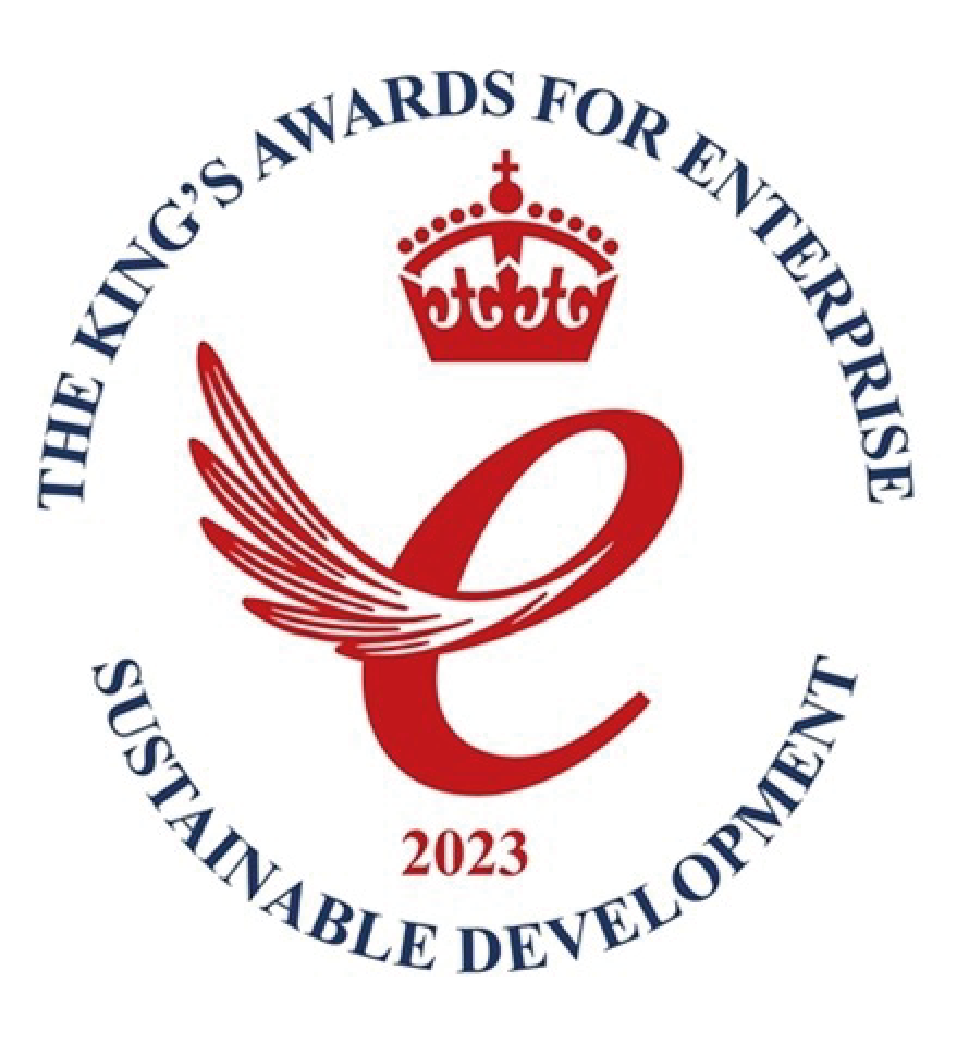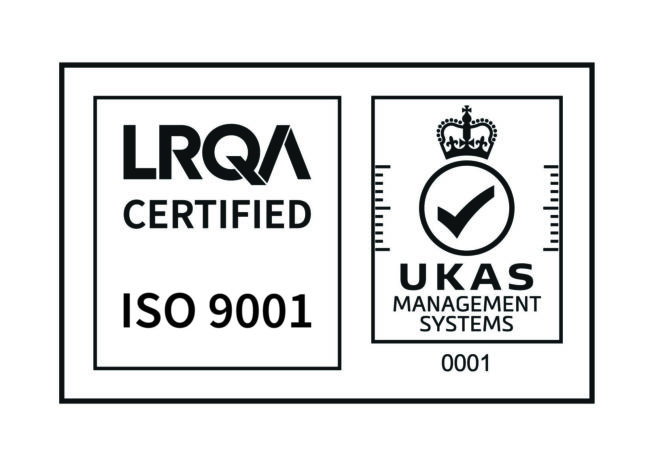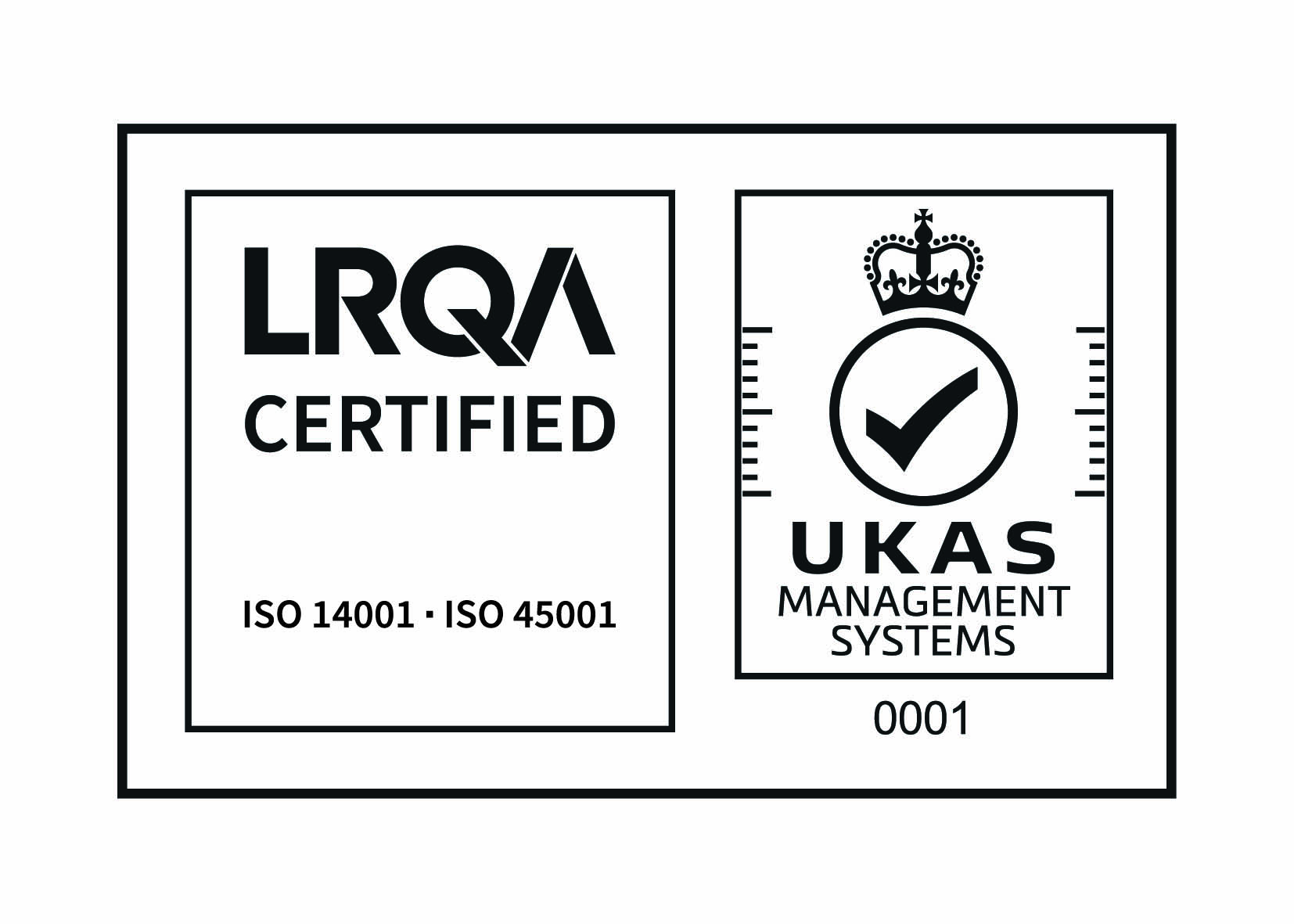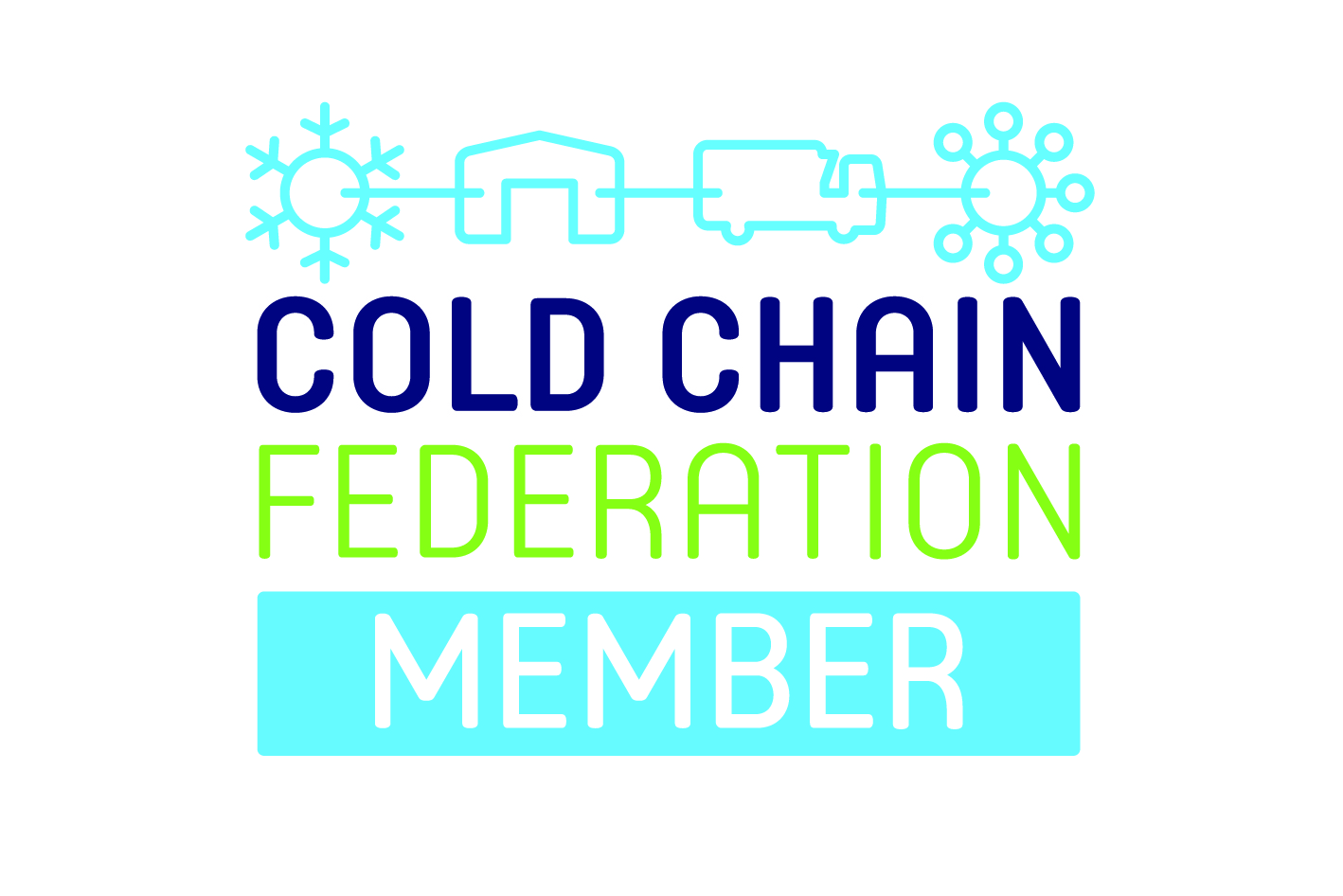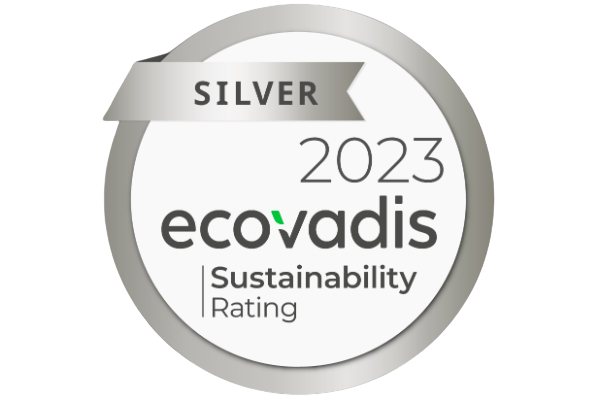Maintaining cold chain pharmaceuticals in extreme weather

When transporting pharmaceuticals in and out of varying climates, it is crucial to ensure that products are kept at the correct temperature at all stages of the cold chain. As climate change continues to impact countries all over the world, the need for the right temperature-controlled container has never been more critical in maintaining the product integrity of life-saving pharmaceuticals throughout their journey.
Extreme weather conditions can pose a threat to pharmaceuticals at any stage of the cold chain, with temperature excursions potentially leading to detrimental effects, from reduced efficacy to complete spoilage. This is especially true for highly sensitive medications such as vaccines and biologics, where even minor temperature excursions can render the product unsafe for patients.
The consequences are also not only limited to the loss of valuable medical supplies but can also result in the loss of money, time and large amounts of wasted resources and carbon emissions.
Whether it be extreme heat, adverse weather such as flooding or natural disasters, all can affect or damage sensitive pharmaceutical products on their journey from manufacturer to patient. For example, in regions that are prone to flooding, containers must be robust enough to keep water out and protect the contents. Moreover, supply chain routes could also be altered by flooding, creating logistical challenges and delays which also demands a reliable temperature-controlled container that can cope with the unexpected.
In countries where extreme weather can often cause power outages, active temperature-controlled containers can fall short due to their reliance on external power sources. These cold chain containers can therefore become ineffective with the loss of electricity, leading to the damage of products.
Opting for a passive container can provide increased reassurance when transporting pharmaceuticals globally by mitigating the risk of temperature fluctuations and power outages due to adverse weather events.
One of the most significant benefits of passive containers is that, unlike active solutions, they do not require electricity to maintain the required temperature. With the use of phase change materials, Tower containers can maintain the internal temperature for 120+ hours, despite the temperature of the outside environment and without the need for any external power or intervention.
In the rare case of temperature excursion risks, digital tools like internal dataloggers can provide peace of mind by updating users with a text or email notification, as well as providing automatic data downloads throughout the transit so they can mitigate the risk.
By choosing the appropriate temperature-controlled container, pharmaceutical companies can enhance product integrity and minimise the risk of temperature excursions. As we continue to face unpredictable weather conditions around the world, cold chain container manufacturers must be prepared to adapt and invest in innovative solutions that prioritise patient safety and product efficacy.
At Tower, by leveraging advanced temperature-controlled technologies, we have created a range of passive containers that are able to navigate these challenges and continue to deliver life-saving medications safely, regardless of the weather conditions they might encounter along the way.
